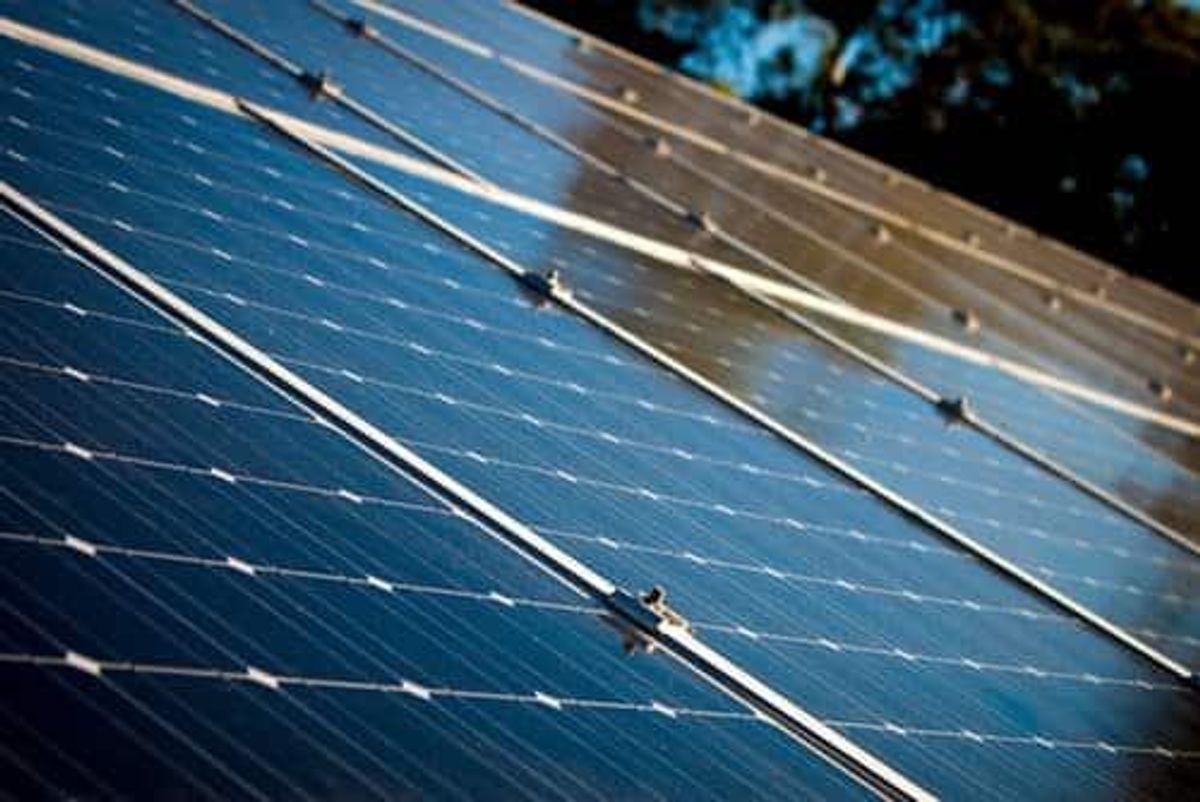CRU Group: Silver Demand from Solar Panels has Peaked

Silver demand from the solar sector hit a high of 100 million ounces in 2019 and is likely to fall as headwinds weigh on industrial sectors.
Silver has been battered in 2020, falling 35 percent in mid-March to an 11 year low of US$11.94 per ounce. A rebound has added 45 percent to the white metal’s value over the last 10 weeks.
Now holding above US$17, weakened industrial demand, logistical woes and uncertainty around the pandemic are projected to continue weighing on silver demand in the short term.
Added to that is a forecasted medium-term decline in the photovoltaic (PV) solar panel sector, an important contributor to silver fabrication tallies.
In 2019, 100 million ounces were used in PV manufacturing, accounting for 11 percent of silver fabrication demand. According to a Silver Institute report conducted by CRU Group, 100 million ounces signifies peak sector demand.
“We forecast a slow decline in silver demand from 2020 to 2023 as PV capacity added per year dips, while attempts at silver thrifting in PV panels continues at a diminished rate,” reads the report.
Silver thrifting is the practice of decreasing the amount of silver used in PV cells. In 2009, 521 milligrams (mg) of silver were used in each PV cell. High silver prices led to manufacturers “thrifting” to help reduce costs.
Last year, PV cells used 111 mg of silver. The report notes that ultimately silver used in PV cells will stay steady and remain at 80 mg per cell — that’s because any further reductions would degrade efficiency.
For reference, it is important to note that each solar panel consists of 60 PV cells.
There is also talk of substituting silver with copper in solar panel production; however, as CRU notes in the report, this would result in the need for more, less effective panels.
“Non-silver PVs tend to be less reliable and have shorter lifespans, meaning they remain some way off in terms of commercial development,” the overview explains. “(C)opper or aluminum are therefore unlikely to gain significant market share between now and 2030 as the broader market heads toward more compact and efficient solar panel equipment.”
Lower demand from PV manufacturers is seen being further intensified by the cancelation, expiration and decline of government subsidies that initially supported the installation of solar grids and projects.
This has already been evidenced by the year-over-year decrease in solar electricity generation in China in 2019. Last year, the country installed 30 gigawatts (GW) of solar electricity generation capacity. That’s a marked fall from totals in the two previous years: 53 GW in 2017 and 44 GW in 2018.
A transition from the subsidy-driven era to a subsidy-free layout by 2021 is projected to weigh on growth and demand for solar in China.
On the other hand, Europe’s sustained push to reduce carbon emissions is expected to be a tailwind for solar panel demand over the next five years.
“(We) expect PV capacity to continue to benefit from the EU’s ambitious climate goals,” the report states. “CRU forecasts solar capacity in Europe will reach 242 GW by 2025, growing at a compound annual growth rate (CAGR) of 8.8 percent from 2019 to 2025.”
Global electricity generation hit 26,663 terawatt hours (TWh) in 2019, marking a 2.9 percent compound annual growth rate since 2009. This trend is expected to slow to 2.2 percent annually until 2025, as a number of countries improve the energy efficiency of their grids.
Despite fossil fuels accounting for 62 percent of the electricity generated last year, CRU sees that number falling to 57 percent by 2025 as renewable energy increases.
“CRU forecasts that electricity generated from renewable sources will more than double from 2,159 TWh in 2019 to 4,243 TWh in 2025, accounting for 8.1 percent of total global generation in 2019 and 14 percent in 2025,” the report explains.
Of this, the PV industry will be a key driver in new capacity.
Looking down the road to the middle of decade, CRU is estimating the silver demand will sit between 70 and 80 million ounces between 2024 and 2030.
“While this amount is a small decline from the 2019 peak, it would be higher than any consumption level prior to 2016 and demonstrates that the PV sector will remain an important and consistent source of industrial demand for silver.”
Don’t forget to follow us @INN_Resource for real-time updates!
Securities Disclosure: I, Georgia Williams, hold no direct investment interest in any company mentioned in this article.



